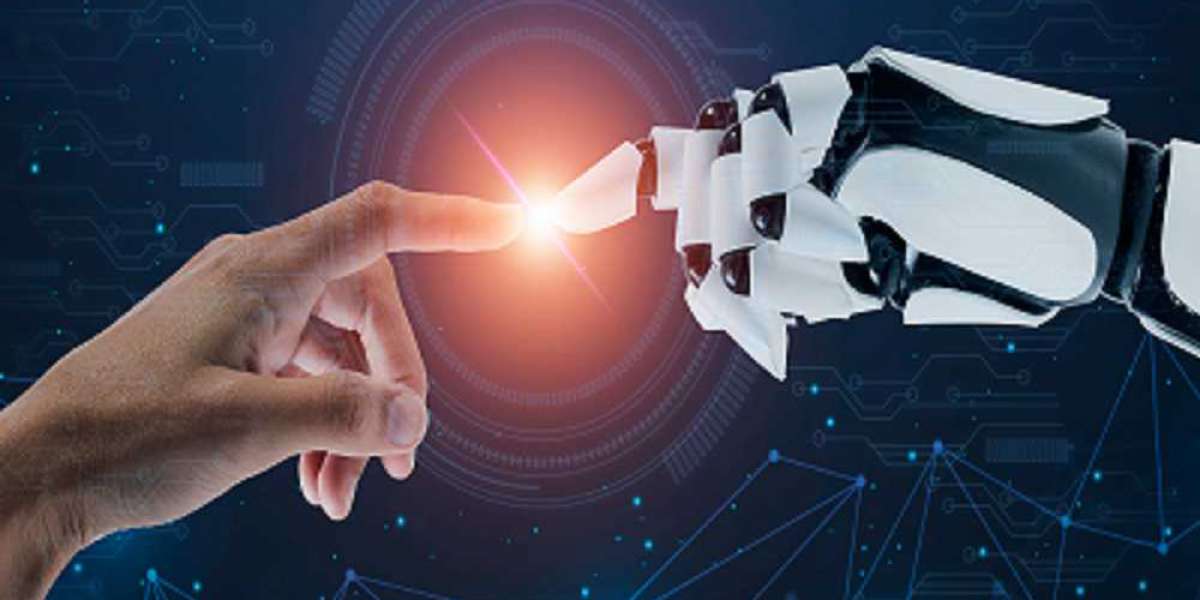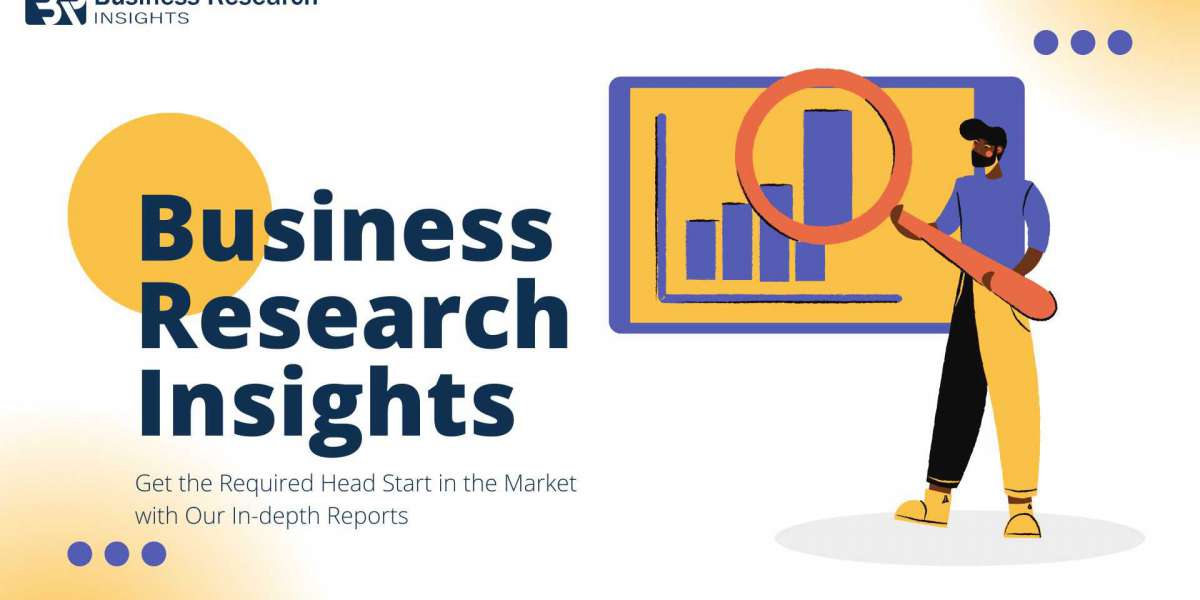In the rapidly evolving landscape of technology, the term "artificial intelligence" has become ubiquitous, signifying a realm of innovation that is reshaping industries and the way we perceive the world. Delving into the intricacies of AI, it is essential to understand the diverse types that constitute this transformative field. From machine learning to expert systems, each type brings a unique set of capabilities and applications. In this comprehensive exploration, we unravel the different types of artificial intelligence, offering insights into the various types that underpin the digital revolution.
I. Understanding the Foundations: Types of Artificial Intelligence
Artificial Intelligence can be broadly classified into three main categories, each representing a different level of sophistication and autonomy.
1. Narrow AI (Weak AI):
Narrow AI, or Weak AI, refers to systems designed and trained for a specific task. These systems demonstrate intelligence within the confines of their predefined functions, excelling in specialized areas. Examples include virtual assistants, recommendation algorithms, and image recognition software. While Narrow AI exhibits remarkable proficiency in its designated domain, it lacks the adaptability and cognitive breadth characteristic of human intelligence.
2. General AI (Strong AI):
General AI, or Strong AI, is a theoretical form of intelligence capable of understanding, learning, and applying knowledge across diverse domains – similar to human intelligence. Unlike Narrow AI, which focuses on specific tasks, General AI would possess the ability to perform any intellectual task that a human being can. While Strong AI remains aspirational and theoretical, its pursuit drives advancements in the broader field of artificial intelligence.
3. Superintelligent AI:
Superintelligent AI is a hypothetical concept representing an AI system that surpasses human intelligence in every aspect. This level of intelligence, if achieved, could potentially outperform humans in creativity, problem-solving, and decision-making. The idea of Superintelligent AI raises ethical considerations and prompts discussions about ensuring alignment with human values, control mechanisms, and potential societal impacts.
II. Delving into Specialized Types of Artificial Intelligence
Beyond the foundational categories, artificial intelligence can be further categorized based on its applications and functionalities.
A. Machine Learning:
Machine Learning (ML) is a subset of AI that empowers systems to learn and improve from experience. This category is integral to various AI applications and comprises three main types:
i. Supervised Learning:
In supervised learning, algorithms are trained on labeled datasets, where the input and output pairs are provided. The algorithm learns to map inputs to corresponding outputs, making predictions or classifications when presented with new, unseen data. Applications include image recognition, speech-to-text, and email filtering.
ii. Unsupervised Learning:
Unsupervised learning involves algorithms working with unlabeled data, uncovering patterns and relationships without predefined outputs. Clustering and association are common techniques, useful for tasks such as customer segmentation and anomaly detection.
iii. Reinforcement Learning:
Reinforcement learning draws inspiration from behavioral psychology, allowing algorithms to learn by interacting with an environment. The algorithm receives feedback in the form of rewards or penalties based on its actions, enabling it to optimize behavior over time. Applications include game playing, robotic control, and autonomous vehicles.
B. Natural Language Processing (NLP):
NLP focuses on the interaction between computers and human language, enabling machines to understand, interpret, and generate human language. Key applications include:
i. Speech Recognition:
Speech recognition technology converts spoken language into written text, powering voice-activated assistants, transcription services, and interactive voice response systems.
ii. Language Translation:
NLP algorithms facilitate language translation, breaking down language barriers and providing accurate, contextually relevant translations in applications such as global communication and content localization.
iii. Sentiment Analysis:
NLP analyzes text data to determine sentiments, crucial for businesses gauging customer satisfaction, public opinion, and making data-driven decisions.
C. Expert Systems:
Expert systems emulate human expertise in specific domains, relying on a knowledge base and predefined rules to make informed decisions. Components include:
i. Knowledge Base:
A repository of information relevant to a specific domain, structured for the system to retrieve and apply knowledge when making decisions.
ii. Inference Engine:
The logic component processes information from the knowledge base, applying predefined rules to draw conclusions or make recommendations, simulating human reasoning.
iii. Applications:
Expert systems find applications in fields such as medicine, finance, and engineering, assisting in diagnosis, decision-making, and problem-solving.
D. Computer Vision:
Computer vision enables machines to interpret and make decisions based on visual data. Applications span a variety of fields:
i. Image Recognition:
Algorithms analyze and identify objects or patterns within images, employed in facial recognition, security surveillance, and content moderation.
ii. Object Detection:
Machines can detect and locate multiple objects within an image or video stream, crucial for applications like autonomous vehicles and surveillance.
iii. Augmented Reality:
Computer vision plays a pivotal role in augmented reality, overlaying digital information onto the real-world environment for applications in gaming, navigation, and virtual experiences.
E. Robotics:
Robotics integrates artificial intelligence with physical machines, creating intelligent systems capable of interacting with the physical world. Applications include:
i. Industrial Automation:
Robots equipped with AI enhance efficiency in manufacturing and logistics, performing tasks with precision and speed.
ii. Surgical Robots:
In healthcare, surgical robots guided by AI perform minimally invasive procedures with greater precision, reducing patient recovery times.
iii. Autonomous Drones:
Drones leverage AI for autonomous navigation, obstacle avoidance, and adaptation to dynamic environments, finding applications in surveillance, agriculture, and delivery services.
In conclusion, the world of artificial intelligence is vast and diverse, with each type contributing uniquely to the technological landscape. From the foundational concepts of Narrow AI and General AI to the specialized applications of Machine Learning, Natural Language Processing, Expert Systems, Computer Vision, and Robotics, understanding the nuances of each type is essential. As we navigate the evolving realm of AI, the knowledge of these types not only fosters a deeper appreciation for the technology but also empowers businesses, developers, and enthusiasts to harness the transformative potential of artificial intelligence.







